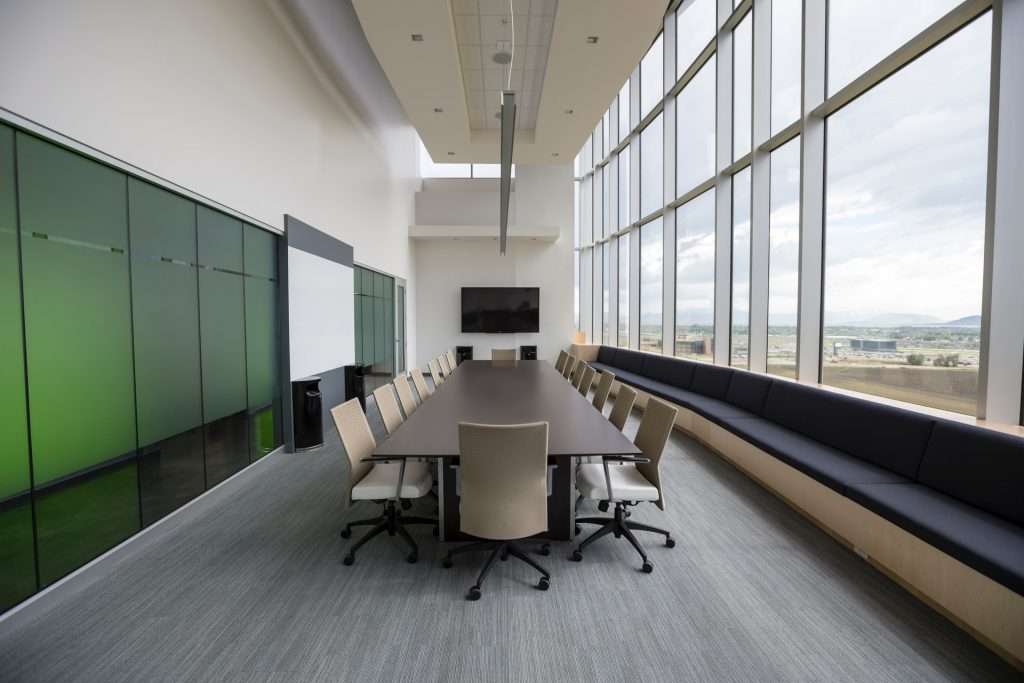

Figures show that more than 1.6 million firms used the government’s emergency loan schemes to keep trading and minimise job losses. The schemes included the Bounce Back Loan Scheme, Coronavirus Large Business Interruption Loan Scheme, Coronavirus Business Interruption Loan Scheme, and the Covid Corporate Financing Facility.
These schemes have provided almost £180 billion worth of lending to date in total, supporting over a quarter of UK businesses. But, as of March 31 2021, the schemes were closed for new applications.
To mark the schemes ending, the Chancellor of the Exchequer Rishi Sunak commented: “I said we would do whatever it takes to protect jobs and livelihoods and that is exactly what we have done”.
“We’ll continue to protect jobs through our new Recovery Loan Scheme – part of our wider Plan for Jobs – as we move out of this crisis.”
The Recovery Loan Scheme (RLS) launched on April 6 2021 and will run into the end of the year, subject to review. But how does it differ from the schemes that have come before it?
Greater accessibility and flexibility
The objective of the RLS is consistent with the CBILS: to protect businesses and jobs. But as we are now at a different stage of the pandemic, the government felt that the financial support needed to be updated to reflect this.
The RLS no longer comes with the benefit of government cover for the first year of interest on the borrower’s behalf. However, the upside is that the scheme is more accessible than the CBILS.
There is no minimum annual turnover required to access the RLS (previously £200,000). Loans start from £25,001 (down from £50,000), with an upper limit of £10 million (up from £5 million).
Four finance types are available under the RLS: term loans, overdrafts, asset finance, and invoice finance facilities. When it comes to asset finance and invoice finance facilities under the RLS, the minimum amount you can apply for is £1,000.
Term loans and asset finance facilities are available for up to six years, and overdrafts and invoice finance facilities are available for up to three.
Businesses that have taken out a CBILS, CLBILS or BBLS facility are able to access the new scheme, but they might find themselves limited on the amount they borrow through the RLS.
Finally, there are no personal guarantees on loans of up to £250k, and interest rates are capped at 14.99%.
The RLS is available through a variety of British Business Bank-accredited UK lenders. Shire expects to be accredited in the very near future.
Other credit facilities
While the RLS has been launched to support tens of thousands of UK businesses, it comes with a lending criterion designed to prevent taxpayer cash from propping up those that have failed.
Some have suggested that the scheme requirements are quite stringent, which could mean only a proportion of the market will get the funding they need through the RLS.
Supported by the British Business Bank, we are committed to supporting British businesses and have helped over 60,000 customers since 1990. Contact us today.


